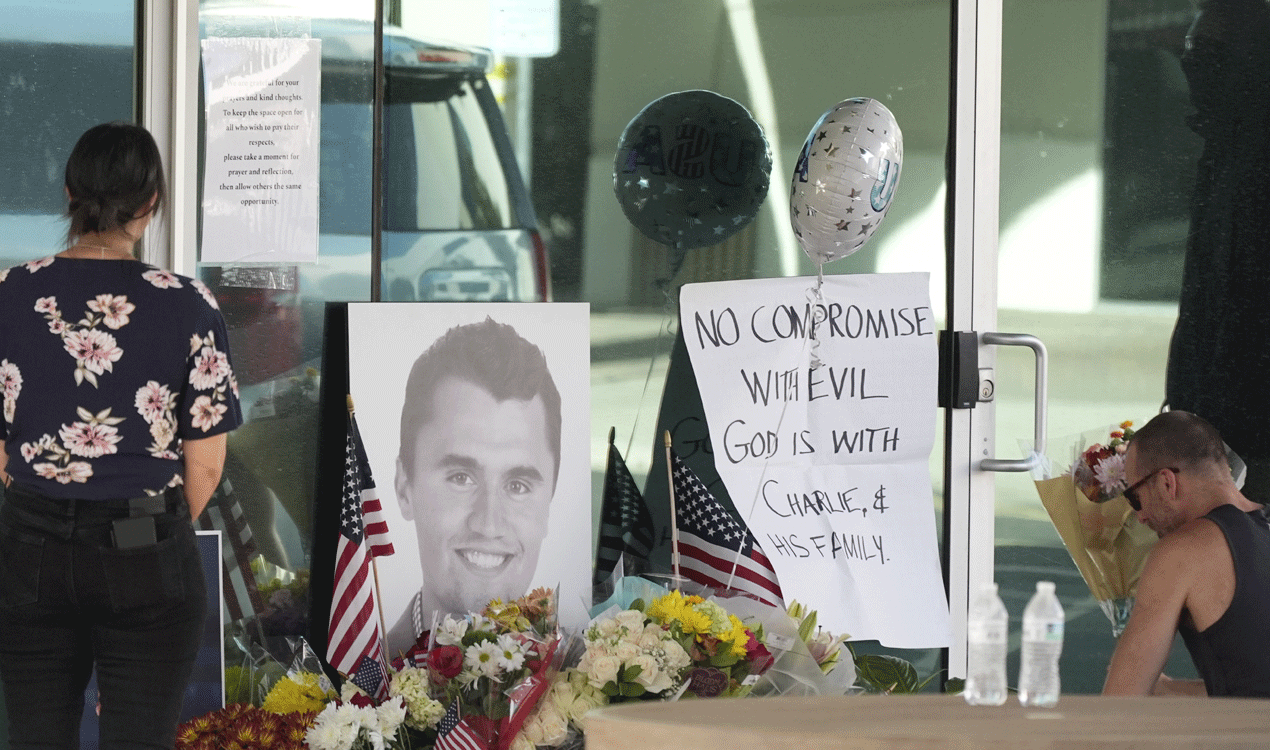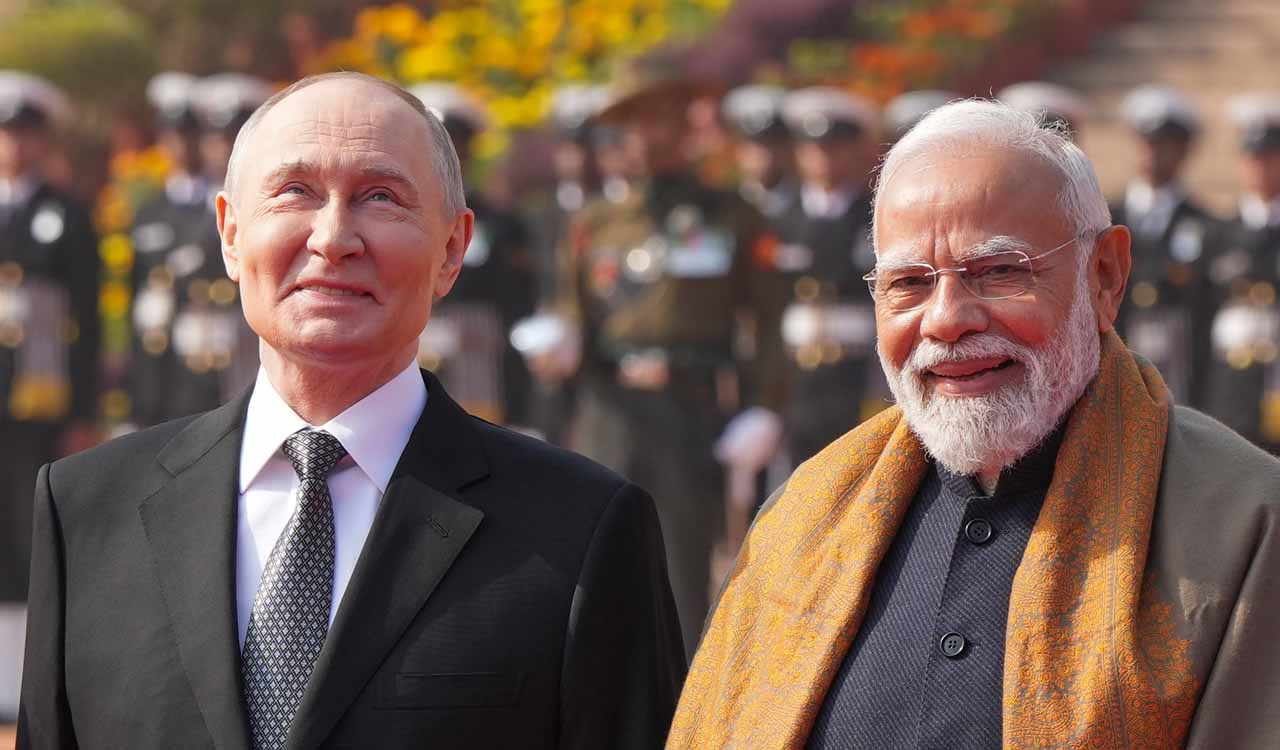Opinion: Lethal injection — Can those who heal also kill?
Adopting lethal injection in India would create deep ethical and practical conflicts for doctors, erode public trust in medicine, and risk inhuman suffering

By Kattamreddy Ananth Rupesh
Medicine has always rested on a single, timeless promise: to preserve life and relieve suffering. At its core is the principle primum non nocere — “first, do no harm” — which defines what it means to be a healer. Yet today, in courtrooms and public debates, a troubling question keeps resurfacing: should medical knowledge be used to make state executions more “humane”?
Also Read
In a recent hearing of the PIL Rishi Malhotra vs. Union of India, filed in 2017 seeking to replace hanging with lethal injection as the method of executing capital punishment, the court noted that the government is not keeping pace with the times. The Centre resisted introducing any new method, citing concerns about implementation. The case has sparked renewed debate on whether the death penalty is necessary and what the practical, ethical, and legal consequences would be if executions were carried out using lethal injection.
No Simple Replacement
From a medico-legal standpoint, lethal injection is not a simple technical replacement for hanging in India. In fact, it would introduce complex clinical procedures, create unavoidable ethical conflicts for healthcare professionals, and carry new risks of inhuman suffering. For these reasons, the medical community, including doctors and paramedics, should refuse any future participation, and the state should reconsider adopting a method that would expend vast resources to end a life it cannot restore.
Under Section 354(5) of the CrPC and Section 393(5) of the BNSS, the law states: “When any person is sentenced to death, the sentence shall direct that he be hanged by the neck till he is dead.” While there have been discussions encouraging a shift to lethal injection, the legal framework remains unchanged, as this was upheld in Deena vs Union of India. In the case of a court-martial, a member of the Armed Forces of the Union may be sentenced to death by firing squad.
The Law Commission’s 187th Report on the Mode of Execution of Death Sentence and Incidental Matters, which considered lethal injection among other methods like hanging and shooting, reaffirmed India’s historic reliance on hanging and highlighted enduring practical and ethical concerns. The report noted that lethal injection is “by and large an untried method” in India and warned that intravenous administration is a “delicate and skilled operation”. Nevertheless, the report inclined towards lethal injection as a more certain, humane, quick, and decent method of executing capital punishment.
Not Just ‘Give a Shot’
At first glance, lethal injection seems clinically straightforward; insert a cannula, administer drugs to induce unconsciousness, and stop breathing and heart function. In reality, it uses a complex three-drug cocktail: an anaesthetic or sedative such as sodium thiopental or midazolam, a neuromuscular blocker like pancuronium bromide, and potassium chloride to stop the heart.
The ethical and practical conclusion is clear: medicine should not be co-opted to administer death, and if the goal is to minimise suffering, the death penalty itself should be abolished
While securing a vein is generally simple in healthy individuals under clinical conditions, it can be difficult in prisoners who may have damaged, scarred, or collapsed veins due to drug use, dehydration, or prolonged incarceration. In such settings, even trained professionals may need ultrasound guidance or repeated attempts, increasing pain, the risk of drug leakage, and distress. Faulty or substandard drugs and dosing errors have led to botched executions abroad, turning “painless” deaths into prolonged suffering. Determining correct doses and managing complications require medical expertise.
The Medical Role
Proponents argue that involving clinicians in executions could reduce suffering, but the World Medical Association and several doctors’ associations make it clear that participation in killing fundamentally violates medicine’s duty to heal. Indian medical ethics literature similarly warns that “medicalising” executions erodes public trust and blurs the therapeutic role of doctors.
Two central tensions make medical participation untenable: role conflict, where a clinician’s fiduciary duty to preserve life is replaced by the intent to cause death, and complicity, as secrecy surrounding lethal injection protocols hides accountability and pressures non-medical staff into quasi-clinical roles. In India’s prison context, such secrecy and limited infrastructure would only increase ethical and operational risks, making lethal injection neither defensible nor consistent with medical ethics.
If India were to adopt lethal injection, it would face serious technical and institutional challenges. Who would be trained and authorised to insert the cannula? Proper intravenous access requires licensed clinicians, yet involving them raises ethical barriers. The Law Commission noted that while some US states use trained non-physicians, this depends on strict regulation and indemnity. Creating a new cadre of “execution technicians” would require new systems for training, supervision, and accountability.
Dosage adds further complexity — calculating lethal doses demands clinical judgment, and errors could leave prisoners conscious but paralysed, an ethical and procedural disaster. Drug quality and storage pose additional risks in India’s vast pharmaceutical network, where ensuring secure procurement and cold-chain management would be difficult. Even with automated injectors, the core question remains: who will initiate the process — and under whose authority?
Beyond logistics, deeper ethical and legal tensions also surround the idea of medicalising the death penalty. If the state’s goal is simply to execute a sentence, why invoke medical procedures at all? Non-clinical methods, such as regulated hanging, rely on technical expertise without forcing medical professionals into the act of killing. Even under current law, doctors only certify death after execution — a limited, post-hoc role consistent with medical ethics. Lethal injection, by contrast, medicalises killing and blurs the boundary between care and punishment.
International human rights law requires that, where capital punishment exists, it must not be carried out in a cruel, inhuman, or degrading manner and should involve the least possible suffering. However, these standards neither mandate medical participation nor legitimise the medicalisation of execution. Involving clinicians in executions undermines the ethical foundations of medicine. From a human rights perspective, the risk that a condemned person could be conscious while paralysed, or that a botched injection produces prolonged agony, moves executions into the realm of torture.
End the Death Penalty
India’s judiciary has long approached the death penalty with caution, balancing constitutional, moral, and administrative considerations. Landmark decisions, including Bachan Singh, emphasise the irreversible nature of death and caution against arbitrary imposition. Global trends show that capital punishment is no longer an effective deterrent, while the risk of miscarriages of justice remains high, with errors being impossible to correct once the death penalty is carried out.
The ethical and practical conclusion is clear: medicine should not be co-opted to administer death, and if the goal is to minimise suffering, the death penalty itself should be abolished. Doctors and paramedics must refuse participation, preserving the fiduciary and social trust central to their profession. The state cannot outsource killing to medicine without undermining accountability, ethics, and public confidence.
International experience shows that efforts to perfect execution methods are less effective than investing in prevention, rehabilitation, and restorative justice. Lethal injection is no technical fix for the moral and operational challenges of capital punishment; the only coherent and humane solution is to end it altogether, protecting both life and the integrity of medicine.

(The author is Assistant Professor of Forensic Medicine and Toxicology, Government Medical College, Ongole, AP)
Related News
-
Differences crop up in Bhadrachalam Congress over deputy sarpanch election; BRS puts up strong show in Khammam
3 mins ago -
Gram panchayat poll setback: Stung Congress blames BRS-BJP ‘pact’
8 mins ago -
Hyderabad shuttlers Arjun and Achutaditya shine with 4 international badminton medals
9 mins ago -
Drug offenders in Hyderabad to be monitored like history sheeters: CP Sajjanar
11 mins ago -
SBI Hyderabad Circle launches SBI Home Loans Mega Property Expo campaign
14 mins ago -
Cyberabad cybercrime police arrest eleven in bank account rental fraud cases
21 mins ago -
Nagarjuna and Sreeleela inaugurate Kalyan Jewellers showroom in Punjagutta
23 mins ago -
Hyderabad’s largest water and amusement theme park, Wild Waters, hosts a heartwarming day for children with visual impairment
28 mins ago




